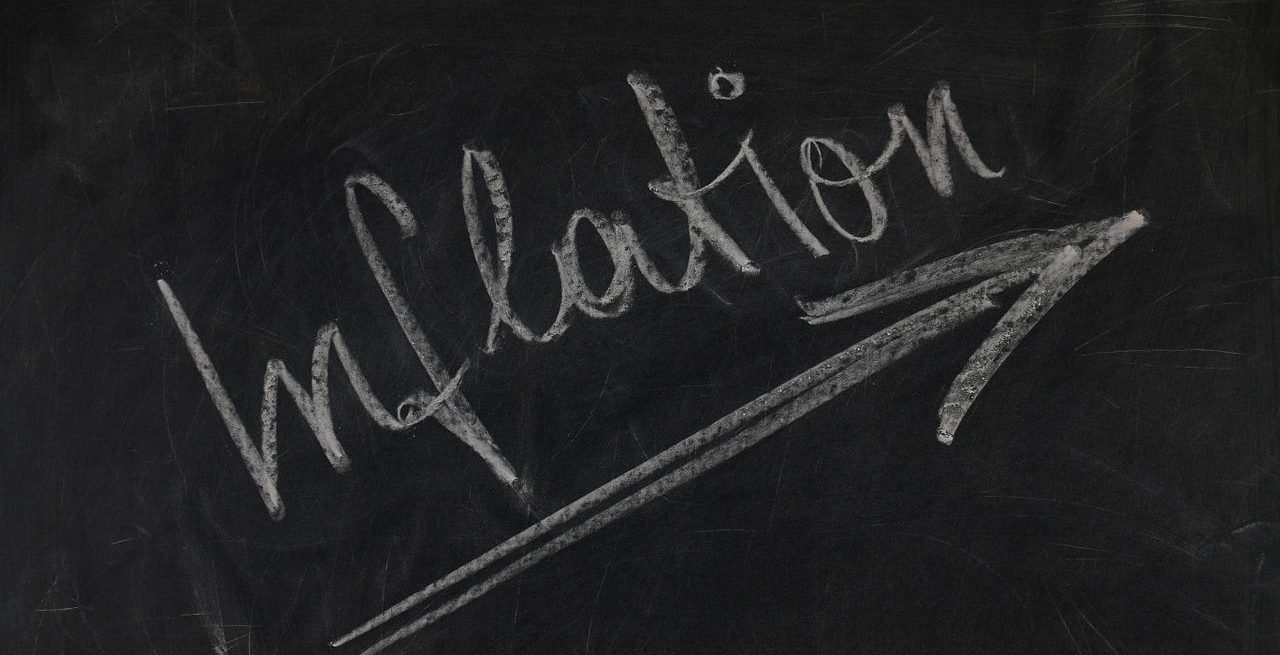The Effects of Inflation on Restaurants and How to Combat Decreased Demand
3 Min Read By Matt Lukosavich
While 2021 was the year of the comeback for restaurants, 2022 is proving to be a very different story. Record-high inflation is hitting consumers from every angle – gas, groceries, rent – and restaurants tend to be the first place they cut spending.
Restaurant traffic, while recovering and up nine percent in 2021 compared to 2020, is still 4 percent below pre-pandemic levels, with smaller chains and independent restaurants down by nine percent, according to a study by The NPD Group.
The lingering pressure from inflation – with no end in sight – is starting to shift consumer behavior in meaningful ways. Substantial price hikes on restaurant menus are causing consumers to choose other options aside from eating or taking out, and a ‘tipping point’ is on the horizon where inflation will depress overall demand. In fact, research from Vericast’s recent restaurant report indicates that 60 percent of consumers feel that rising prices have already made eating out too expensive.
Effect of Inflation on Consumer Demand
Higher inflation affects restaurant owners, operators and their customers. By decreasing overall disposable income, inflation erodes consumer purchasing power. Recent data found that 55 percent of consumers have changed their shopping behavior due to price increases and 90 percent plan to do so moving forward.
Why? With higher menu prices, consumers perceive the value gained from restaurant visits to be much lower and choose to spend their time/ money elsewhere as a result.
Here are some specific ways that consumers are responding to the current inflationary environment:
- Cutting discretionary spending: Unsurprisingly, cutting non-essential expenditures like travel and dining out is one of the first steps consumers take during a period of inflation. Thirty-six percent of consumers tend to cut back on discretionary spending with slight inflation, which jumps to 49 percent if the inflation is significant. The top choice for spending cuts are bars and restaurants, with 74 percent of consumers planning to decrease spending at these establishments.
- Eating out and ordering less: As part of this overall cut in spending, consumers are simply dining out less. Customer frequency is down between 10 percent and 20 percent across all restaurant segments.
And, even when they do eat out, almost half of consumers say they are cutting back on the amount of items they order to offset higher food and drink prices.
- Cooking more: It’s no secret that the pandemic increased the popularity of cooking at home. While this was once out of necessity, it’s a consumer trend that has persisted even with a return to normalcy. In fact, three in five people say they cook more at home now compared to 2021, inevitably shrinking consumer demand for restaurant meals.
- Choosing cheaper alternatives: Almost half of consumers have switched to lower-priced brands, 34 percent are ordering less expensive items when they eat out and 30 percent are choosing to dine at less expensive restaurants.
The Value of a Good Deal and Incentive Marketing
With these consumer shifts in mind, how can restaurant owners and operators increase customer frequency without sacrificing margins? The key is to meet people where they are: looking for value, deals and rewards to help offset high prices and make spur-of-the-moment decisions of where to eat out. Even as they cut back on discretionary expenditures and search for cheaper alternatives, Vericast research uncovered that consumers are still willing to spend on a good deal.
Additionally, according to IHS Markit payroll tracking data, there are five upcoming 2022 "mega pay dates" in which paychecks and benefit payments will happen simultaneously, meaning more Americans are getting paid on the same dates: July 1, September 2, September 30, December 2, and December 30. Advertising before, during and after these key dates can help restaurants drive traffic at a time when people are more likely to spend.
A loyalty and rewards program that offers incentives and deals can also play an important role. Based on data from Technomic, there’s a 12 percent higher average visit spend when loyal guests use coupons. Additionally, 68 percent of loyal incentive users visit at least once a week (compared to only 26 percent of not loyal, non-incentive users), and there’s a 113 percent increase in visit satisfaction when loyal guests use coupons.
Well-timed incentive marketing campaigns can enhance consumer spending and visitation patterns. In planning the second half of 2022, restaurants must offer value to consumers and prepare a strategy around the remaining mega pay weeks to ensure they are top of mind when consumers have spending power.


